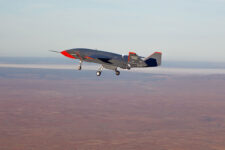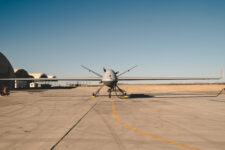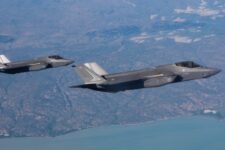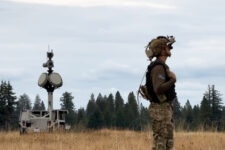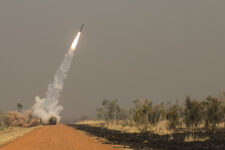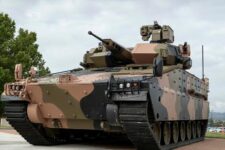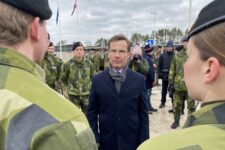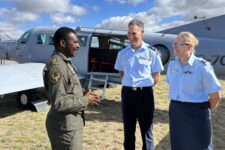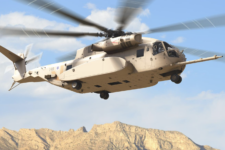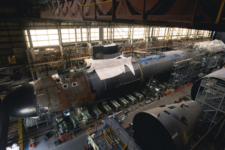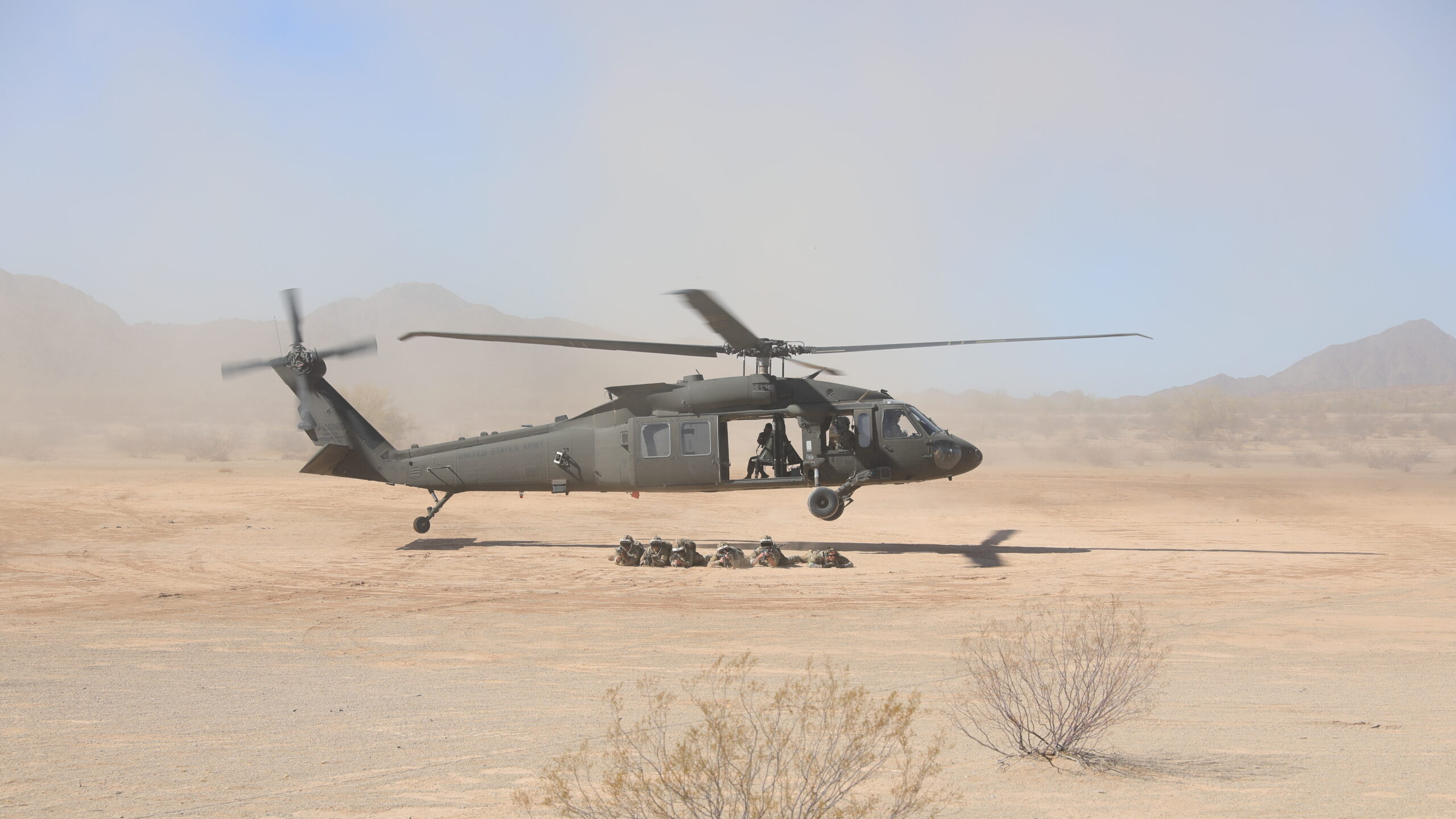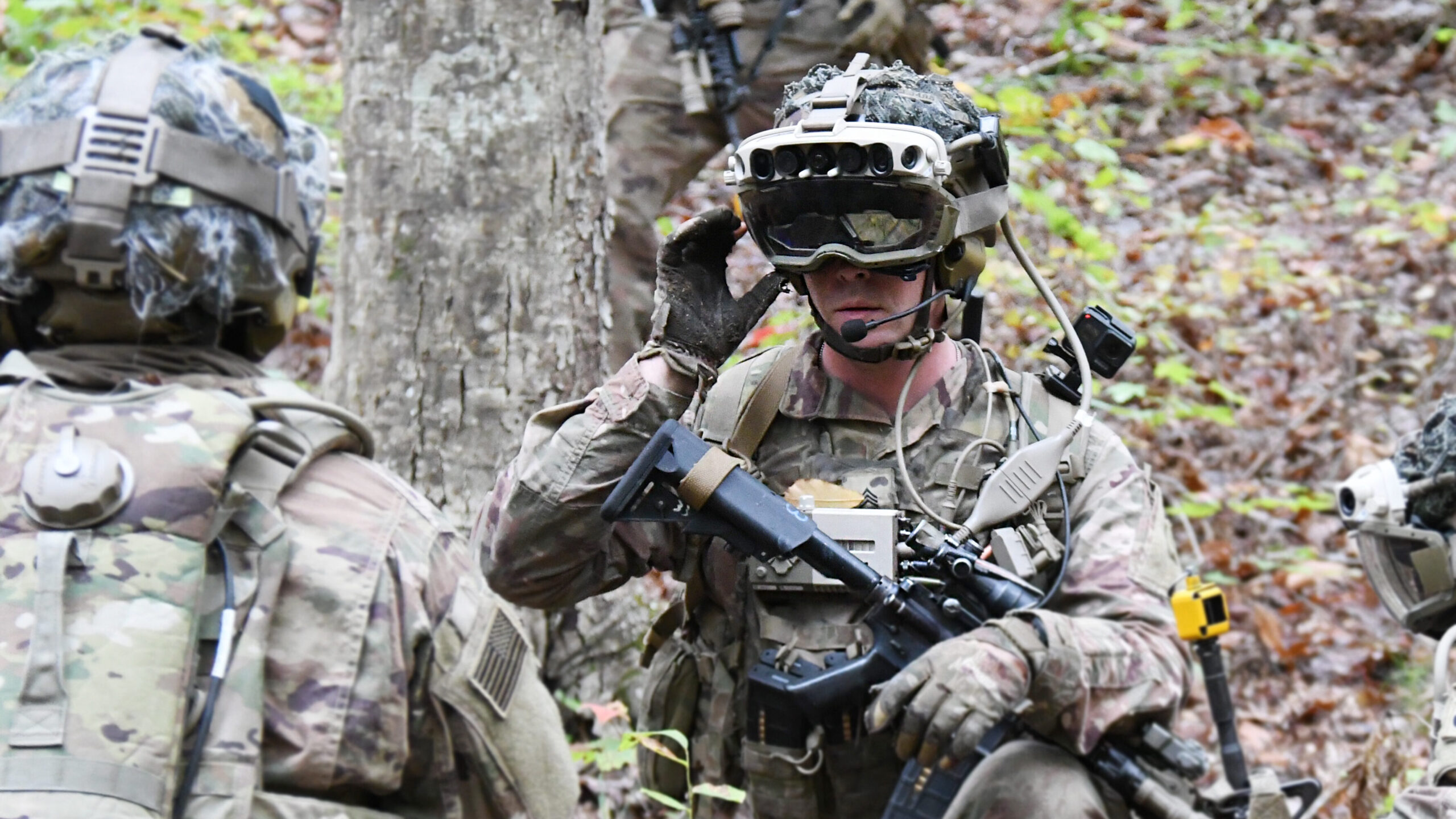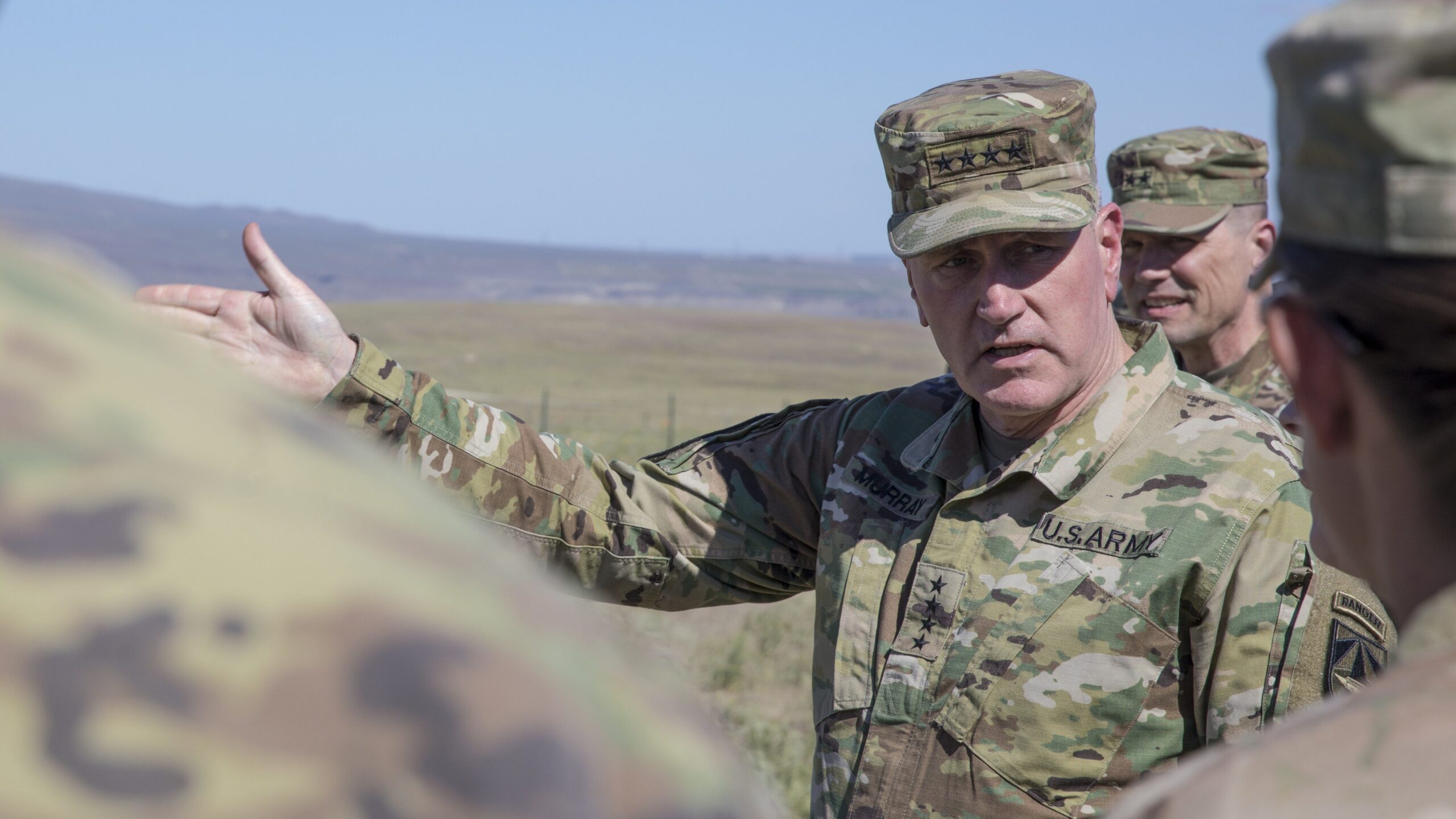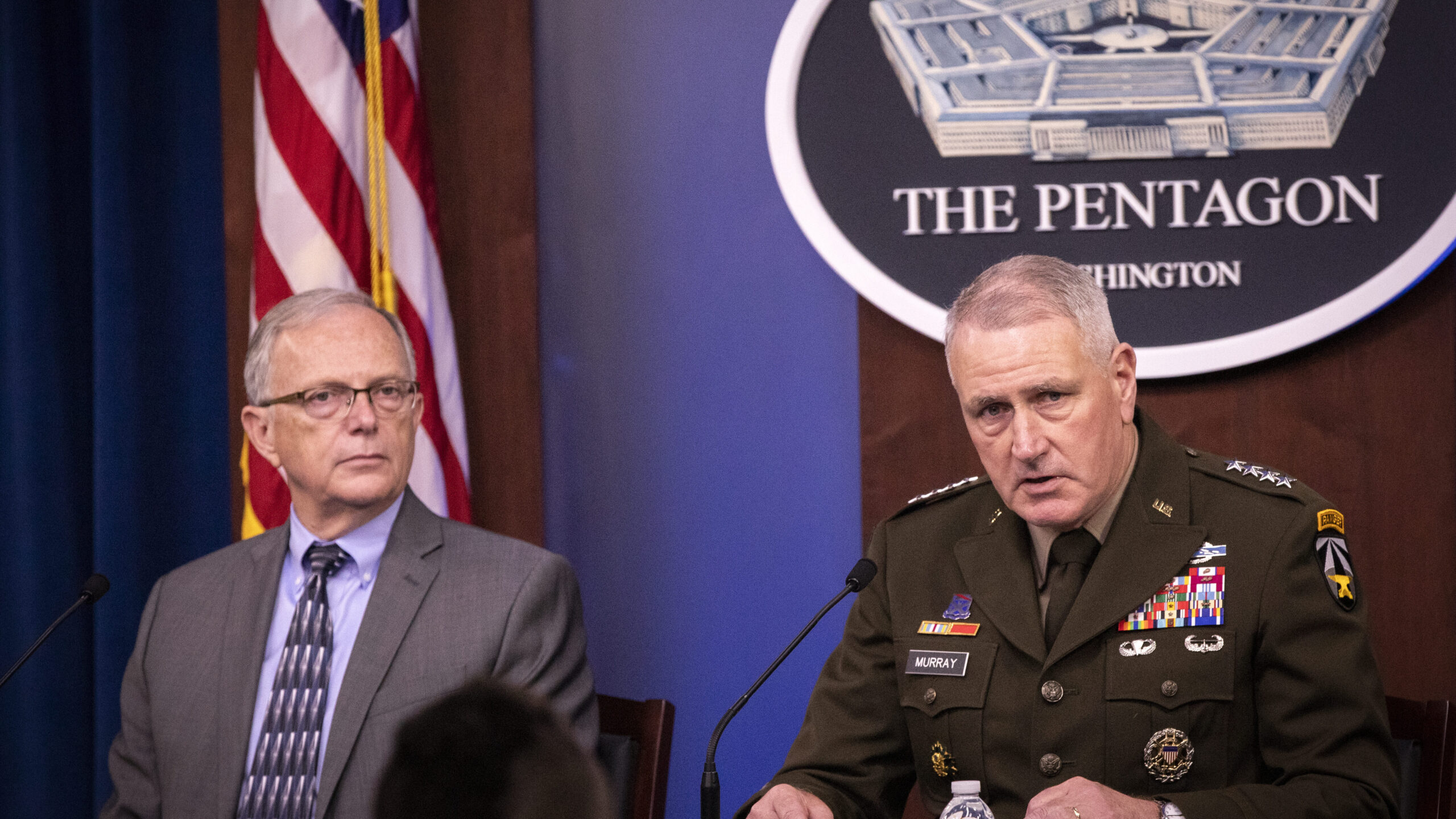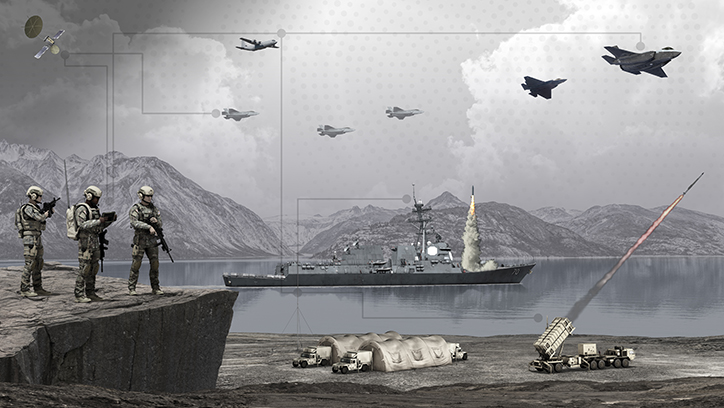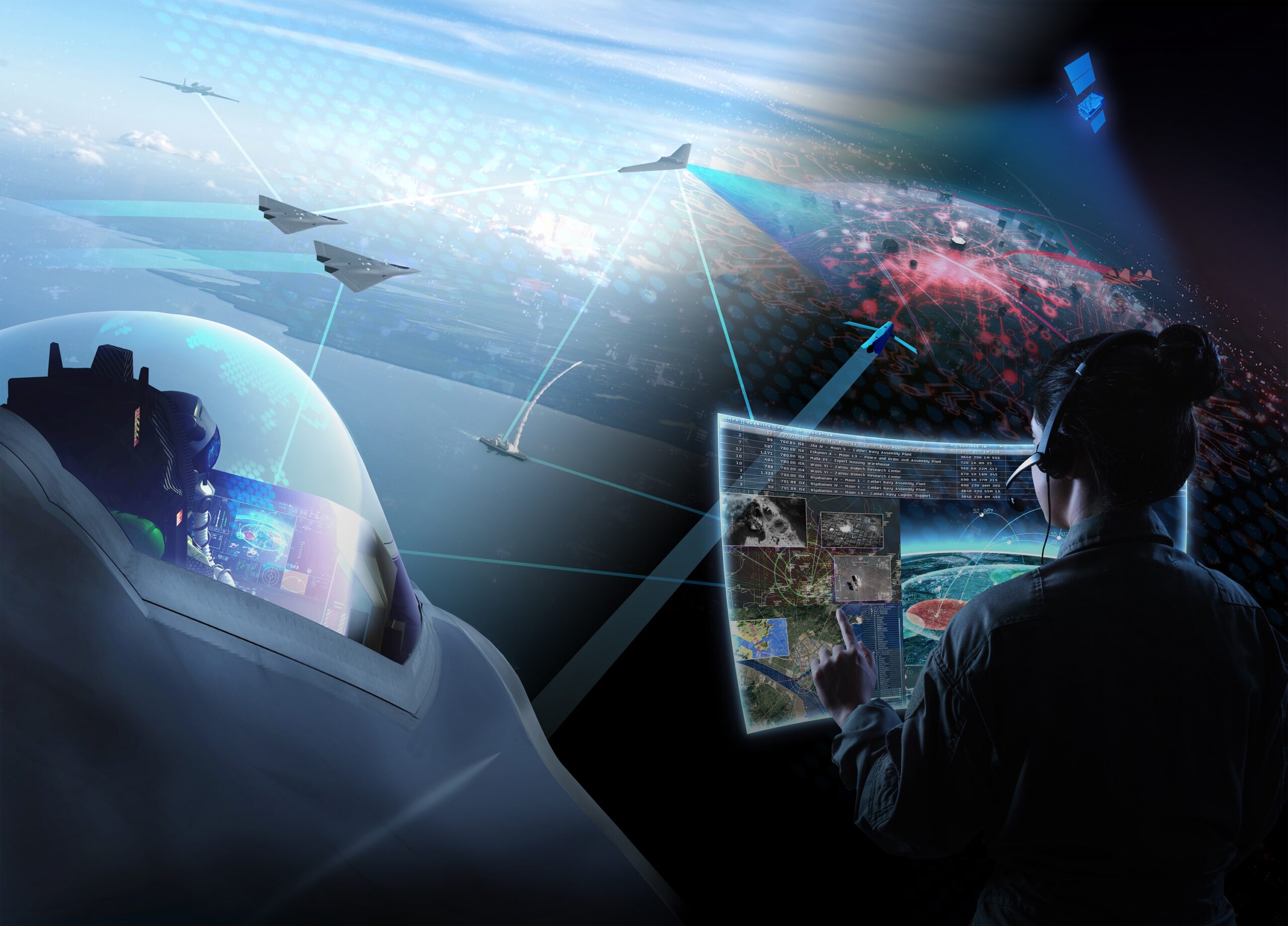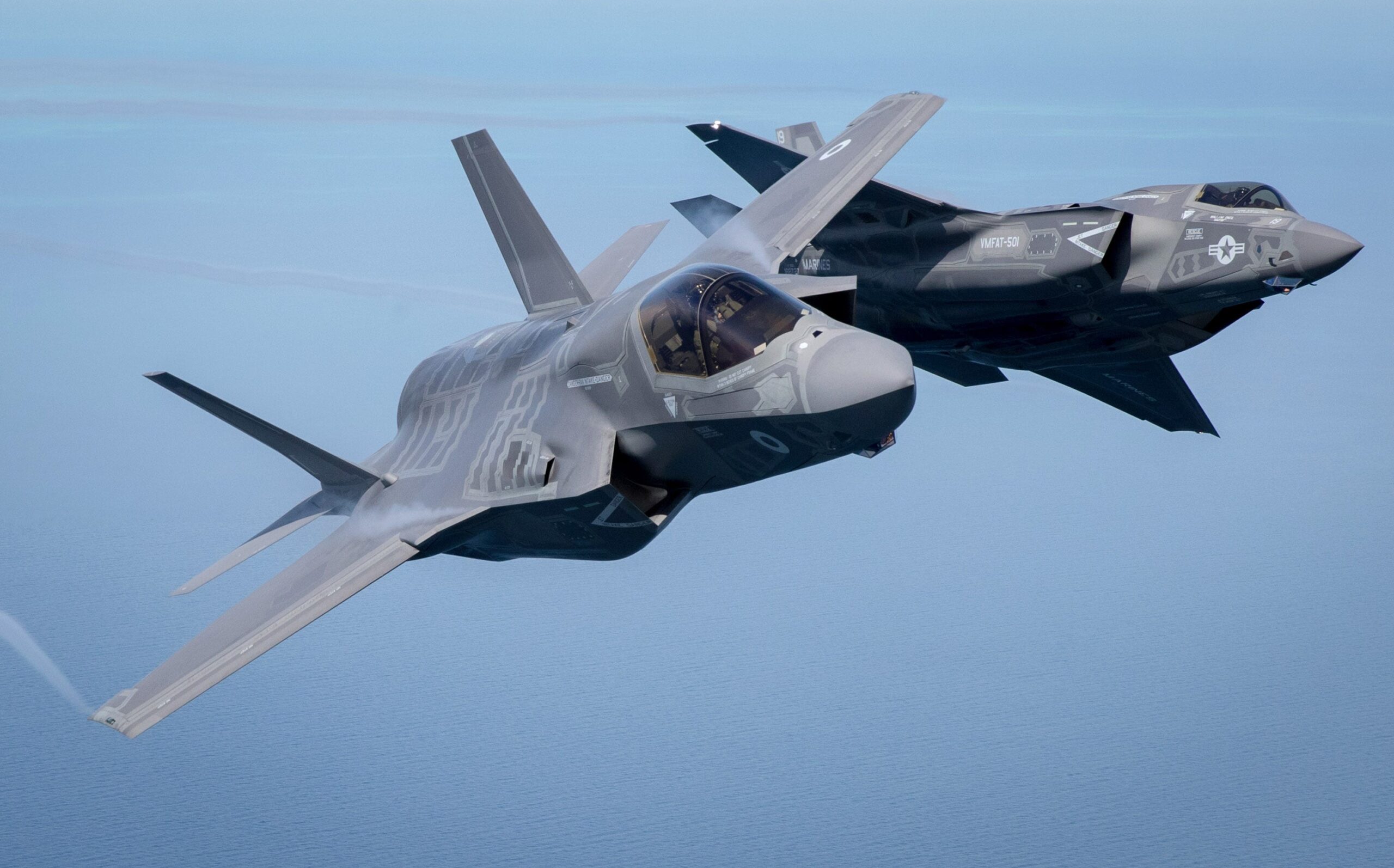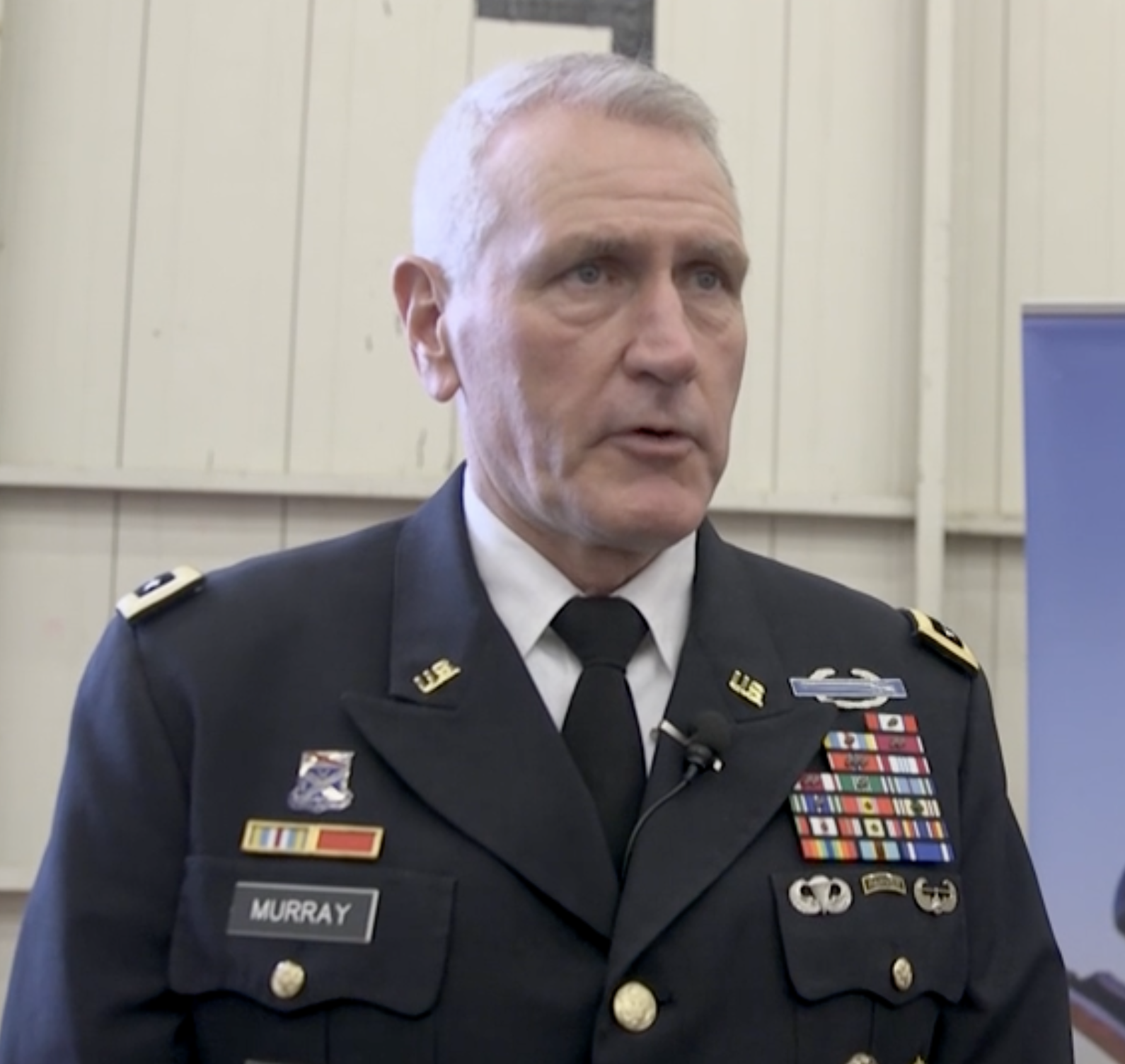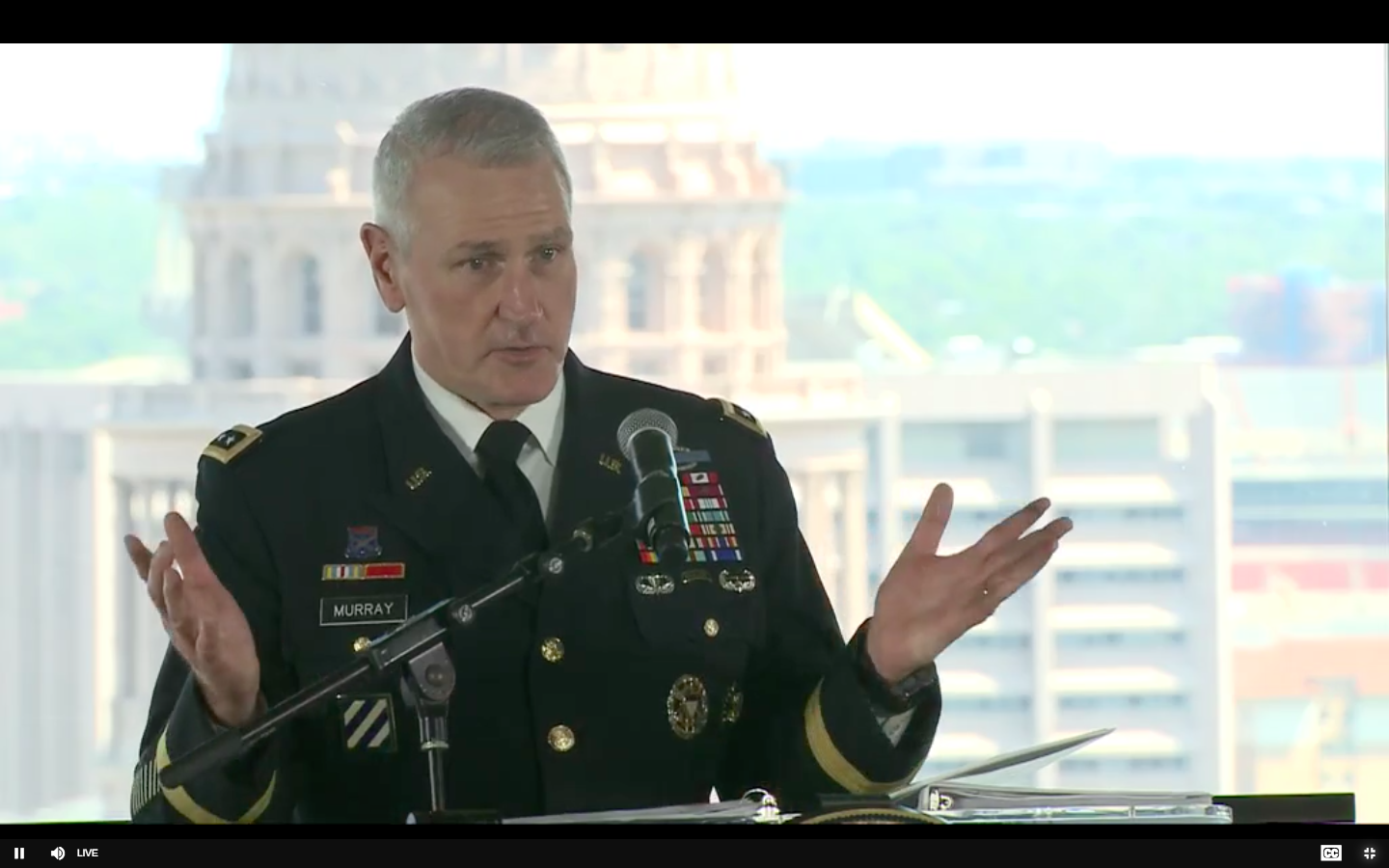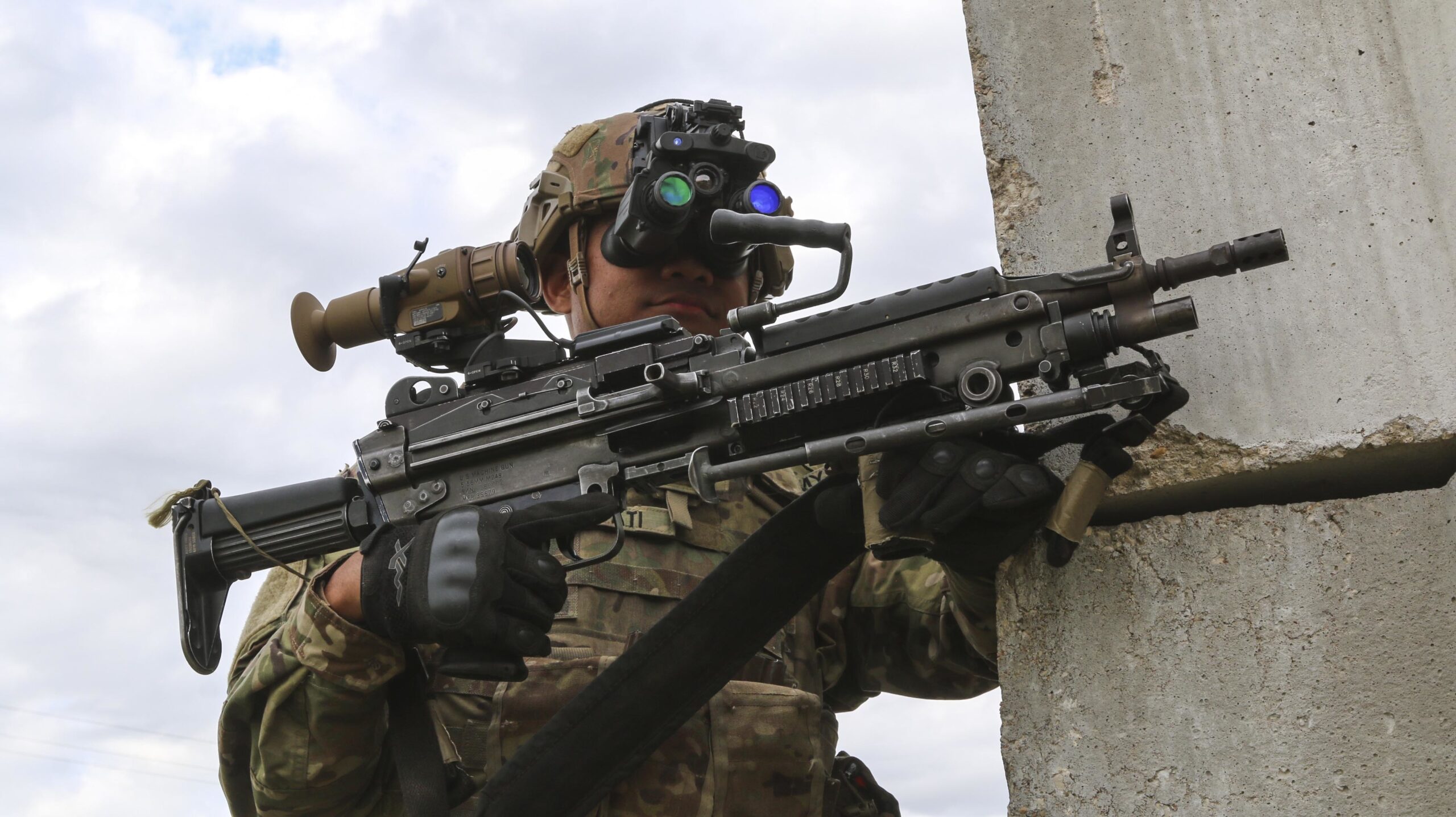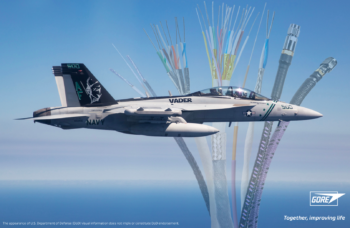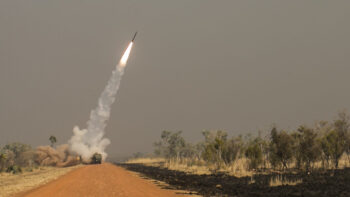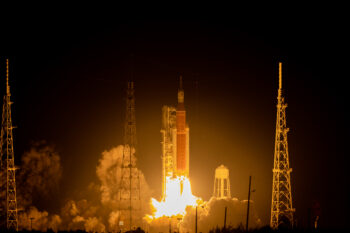
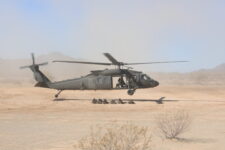
Where success meant identifying failures, top Army officials said desert experiment revealed problems in “situational awareness” that will be critical in future fights.
By Andrew Eversden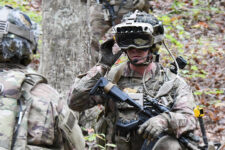
Army emphasized it “remains committed” to the $21 billion-plus program.
By Andrew Eversden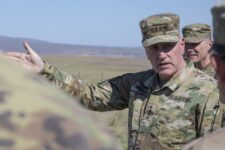
“You’re not going to see the breakthroughs if every bit of risk is baked out of everything we do from the very beginning. We’ll never be able to keep up with the pace of change,” Murray said.
By Andrew Eversden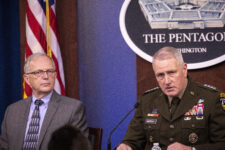
“We spend a lot of time thinking about what is and what can be, and we spend almost no time thinking about what could be,” Murray said.
By Andrew Eversden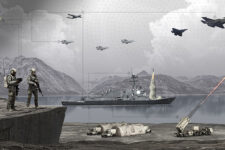
The Defense Department is shaping the joint all-domain environment by tying sensors to shooters in exercises like Northern Edge 21 and Project Convergence.
By Barry Rosenberg
Some 22 of the Army’s 35 top programs are supposed to field some kind of capability in the next four years, even as budgets drop.
By Sydney J. Freedberg Jr.
In this Q&A with Stephanie C. Hill, Lockheed Martin’s executive vice president for Rotary and Mission Systems, we discuss how AI/ML, open systems, and edge computing enable JADO.
By Breaking Defense
In Afghanistan and Iraq, a military lawyer was always at the table for strike decisions, said the chief of Army Futures Command. In future wars, there may not be time to go around the table.
By Sydney J. Freedberg Jr.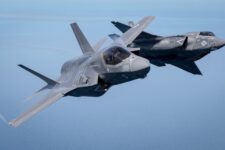
“This is a journey to see what’s possible, what can we do with today’s technologies, for a relatively minor cost,” Gen. John Murray told us. “Project Convergence ’20 cost us about the same thing as one Combat Training Center rotation” — $23 million.
By Sydney J. Freedberg Jr.
“It comes down to data standards and it comes down to architecture. How does the Air Force architecture integrate with the Army architecture and with the Navy architecture? What are those crossover points?”
By Theresa Hitchens
“The Chinese see competition as a whole of government effort [and] they’re actually pretty good at it,” the Army Futures Command Chief told us. “We’re way out of practice.”
By Sydney J. Freedberg Jr.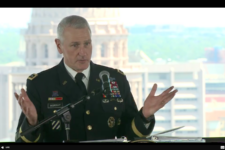
“There are a lot of differences between the FCS experience and the path we’re on,” the Army Futures Command chief told us. This time, he said, “I don’t think there is hubris. I think there’s actually humility.”
By Sydney J. Freedberg Jr.
Each service has unique problems to solve and billions invested in legacy systems. “I just can’t throw away everything we own — nor can the Air Force — and start over,” Gen. Mike Murray, head of Army Futures Command, says. “How does the Air Force architecture integrate with the Army architecture, with the Navy architecture?”
By Theresa Hitchens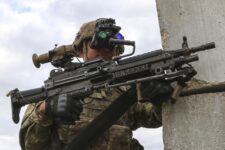
“Decision dominance … is the ability for a commander to sense, understand, decide, act, and assess faster and more effectively than any adversary,” said Army Futures Command chief Gen. John “Mike” Murray.
By Sydney J. Freedberg Jr.
